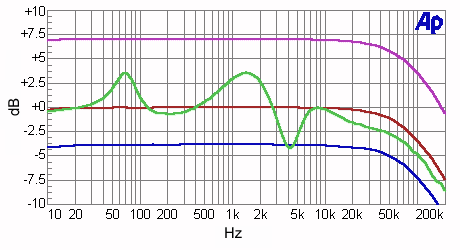


If you like traditional, the brochure for the bamboo diffusors I use are posted in my virtual system, but these look much nicer IMO. I got Geofusors (PERFECT for immersive audio) backfilled with polyfill so they double as bass traps on the ceiling and they work mounted on the walls too:
The GeoFusor imparts a more neutral spectral balance to the room while revealing a more three dimensional soundstage (width and depth). Also evident is improved separation and placement of sounds in the image of a recording from left to right and front to back.


